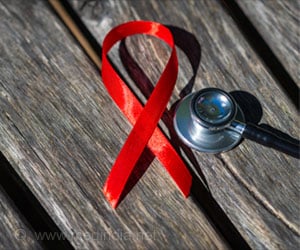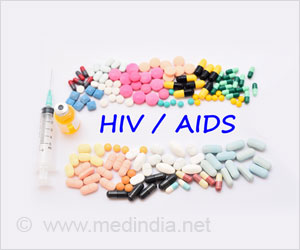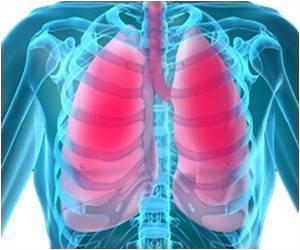Recent survey conducted by UNAIDS has put India on par with South Africa. It has been revealed that these two countries have the highest estimated number of HIV infected people.
Recent survey conducted by UNAIDS has put India on par with South Africa. It has been revealed that these two countries have the highest estimated number of HIV infected people.
The number of people living with HIV according to the UNAIDS 2006 Report on the Global AIDS Epidemic is 5.7 million. This estimate has included children under 15 and adults above 49 years of age whereupon the Indian HIV infected population number has risen by half a million.Following this the government has announced its plans of moving into the next phase of its national AIDS program. Experts have opined the need for more thinking and action on AIDS treatment. Prevention alone was no longer the answer with about six million people living with HIV.
The report has called attention to the fact that only 7 per cent of HIV infected Indians received antiretroviral drug therapy in 2005. Besides that only 1.6 per cent of pregnant HIV infected women were receiving mother-to-child transmission prevention treatment.
It is only obvious that although the plans for the next phase of the AIDS program have been launched the current one never achieved its goals fully. Stigma and discrimination still continue. Sexual double standards are still a part of social and cultural attitudes. Condom-use has yet to become a natural choice in sexual behavior and empowerment, especially among vulnerable women.
Public governmental campaigns generally do not mention homosexuality as it is still considered to be a criminal offence in India. The risks of HIV are still relegated to predetermined ‘high-risk groups’ such as sex-workers ,truck-drivers and migrant laborers rather than a problem that is relevant to everybody, irrespective of their socioeconomic levels.











